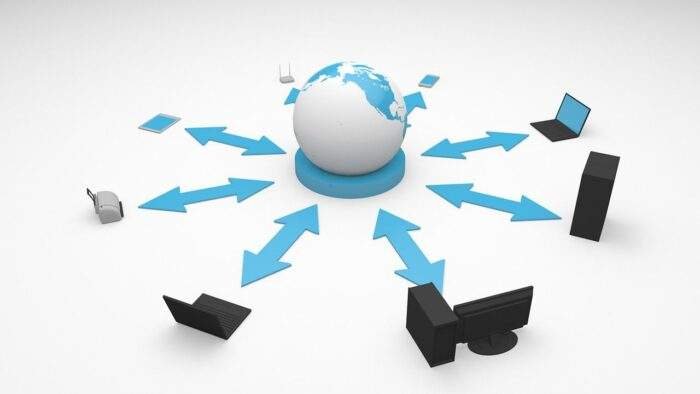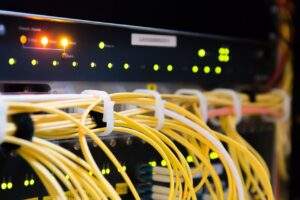Tips on Selecting The Right Enterprise Asset Management Software

Currently, common asset management is an ordinary portfolio for investors in all fields, as well as emerging companies in space. This is a process of maintaining and monitoring the assets of the company or business, whether concrete or intangible. Physical assets may include buildings, companies, equipment, land, etc., intangibles, domain names, databases, proprietary technologies, trade names, etc.
Asset Management helps track an asset throughout its life cycle. It also records all information about how to use the asset, who is the current user, the site, and so on.
Different types of specialized asset management are required either individually or collectively; financial asset management, asset management software, enterprise asset management, and general asset management are some of them.
It is necessary to choose the appropriate program for enterprise asset management, because if companies decide that the software is not enough, the enterprise will not achieve the expected income, and the delays will become the norm. The data collected may also be inaccurate, and the reference points are also wrong. Here are four tips for choosing the right enterprise asset management program:
1. Setting the organization’s goals – short-term and long-term objectives Before investing in any program every company must be aware of the necessity of the program right now and how effective it can be in the next regular updates it becomes necessary, etc.
2. The program you choose should help the future growth of the company. When you select a plan for the entire organization, it is essential not only to remember the present but also to see how this program helps the future success of the company. It is necessary to understand how this helps the company succeed in the future, and the parameters are particularly useful measures.
3. Make sure that the corporate software solution meets all the needs of your organization and can identify your industry needs and transfer them to suppliers.
Vendors choose an organization that must be aware of the market regarding technology, and if that does not happen the company will lag regarding growth – the more flexible the suppliers, the higher the opportunity for the organization to work effectively in the future.
4. Implement a change management plan to make the transition successful. Each shift is a complex process, especially when it is necessary to switch from old to new programs. Implementation of the change management plan will help address and simplify this problem.
What you are looking for in Enterprise Asset Management programs.
To ensure maximum productivity and maintenance of operations, companies use more complicated and expensive assets. As a result, the deployment of EAMs has become a necessity. Useful maintenance management features also provide reports on asset availability and status, as well as overall maintenance budget control and infrastructure replacement. To make sure you choose the right product for your organization, you need to evaluate its applicability based on your company’s requirements, taking into account demographic characteristics – the size of your company, products, and services, etc., as well as cultures and operations workers.
EAM can be considered valid only if it improves productivity and efficiency through optimal asset utilization and increases production of products or services to meet or exceed customer expectations. We’ve provided some considerations that might help you choose the right EAM program:
1. Because it is essential that your employees, partners, and shareholders know the best practices and rules that guide you to help control costs, run them smoothly, and maximize returns, your EAM program must ensure that no stage in the life cycle is lost from the planning and design stage. Maintenance and operation phase to disposal and disposal phase. The EAM product must provide accurate data continuously throughout the life cycle of the asset.
2. To ensure the length of your assets, the EAM program must plan and implement preventive maintenance schedules according to the asset type along with the reality of logistics and employment. This includes a set of triggers based on the calendar and the use of the infrastructure. Notification rules should also be flexible so that all participants have sufficient time and vision to manage their work schedules effectively and ensure that the assets themselves, as well as any necessary tools, materials, and partners, are available at the moment.
3. Also, the software must be able to update the current work in real time, allowing administrators to easily and quickly document their activities and report them to the system. Real-time data availability provides better coordination between internal and external work.
4. In the current technical and economic environment, asset management requires integrated cradle-based EAM software to track and report on the whole life cycle process. Only a system that interacts effectively with external applications can manage the multi-level resources and permissions needed to indeed manage assets in a competitive and constantly changing business environment.
5. Users are likely to use systems with simple, straightforward interfaces. This helps users enter data without interference, as well as helping to reduce total cost of ownership and maximize knowledge collection.
6. Well-designed and well-deployed EAM systems help improve flawless maintenance functionality with accurate information on all aspects of CMMS and the asset management process, including toolkit checklists, job requests, KPI indicators, staffing and skill requirements. EAM’s successful deployment not only increases ROI and costs associated with maintenance management but also strategically coincides with business vision and processes.
Your asset management program should be a strategic advantage of your organization’s value when adequately identified and implemented. With smart solutions, you can increase your business productivity and reduce overhead.







